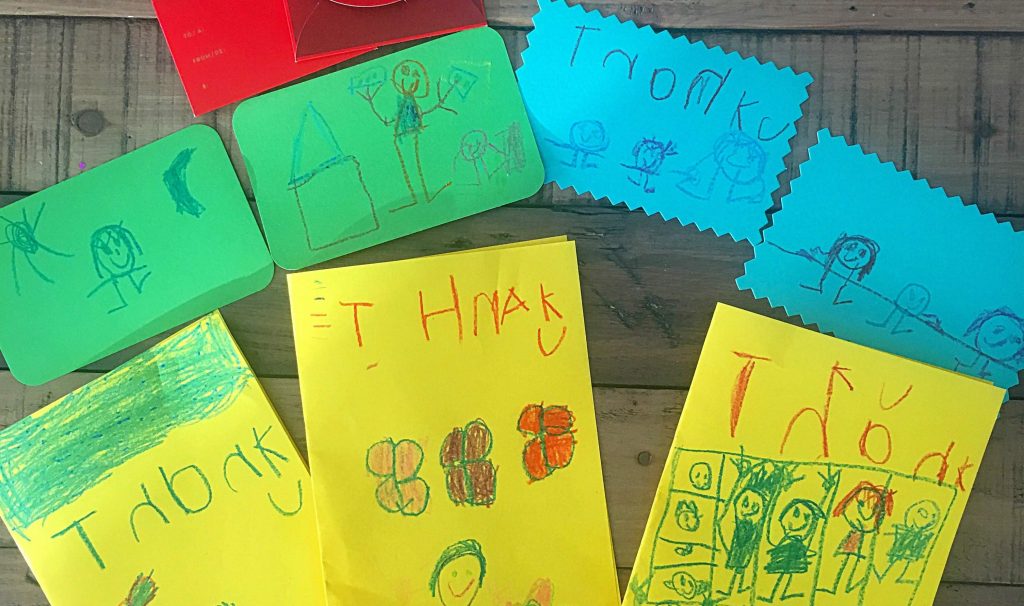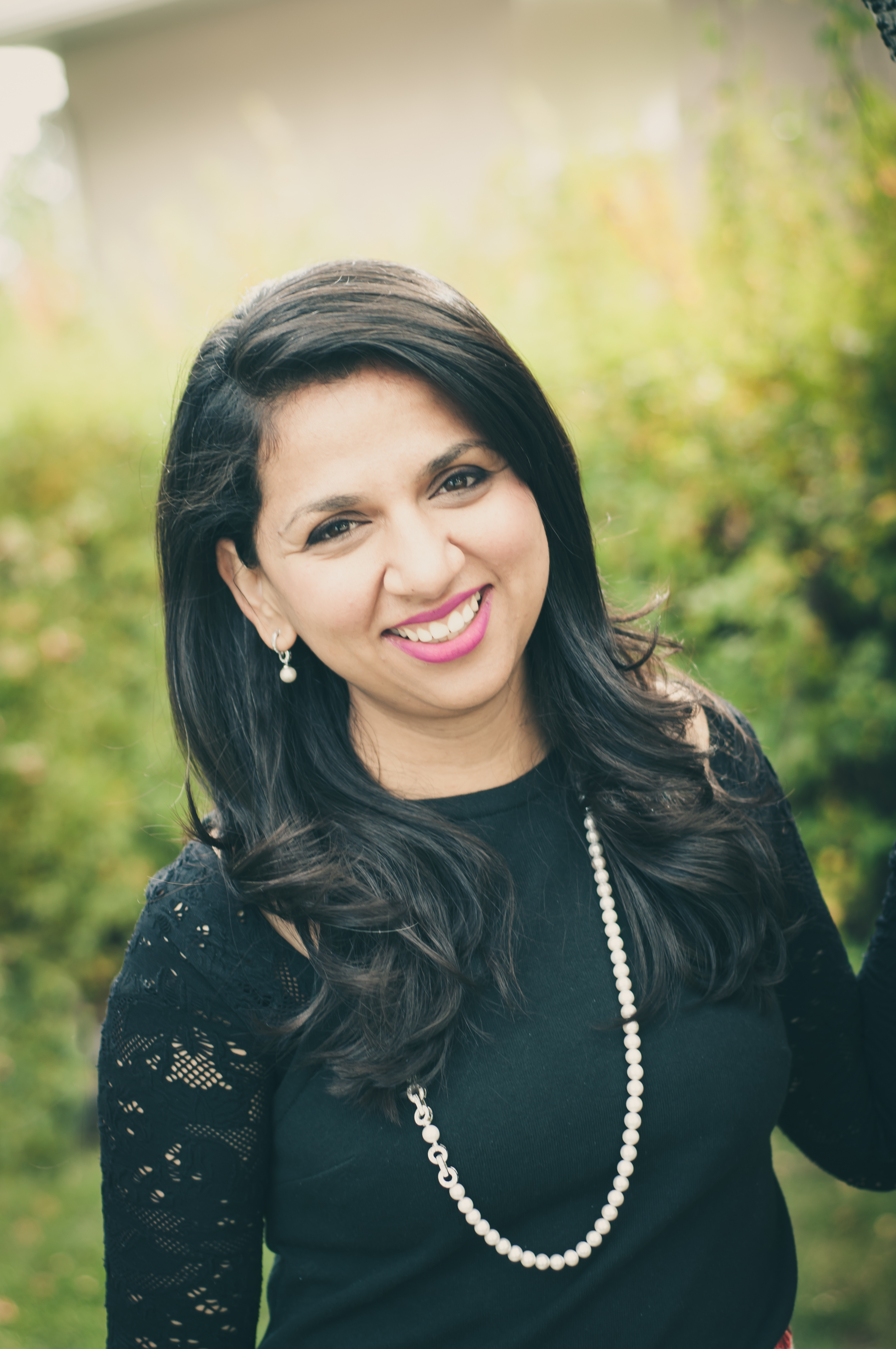
by Tamania Jaffri – Follow @urdumom
This post was originally posted on Urdu Mom and is republished with permission. All photos are courtesy of the blog’s founder, Tamania Jaffri.
The winter break is about to start, music concerts are happening and you still haven’t had time to get gifts for the teachers. Here are a few simple holiday gift ideas for teachers that are easy to pull off and will be appreciated.
Before you give a gift, be considerate of the needs of the recipient: are there any allergies? Will this be useful? Does my child’s teacher really need another cup for coffee?
I include my daughter in the gift preparation process to teach gratitude and to reflect on how important that person is in our life. Along with her room teachers, we also include the staff at her school such as front desk, principal, vice principal and the music teacher.
[Read More: 7 Simple Ways to Raise a Confident Child ]
Here are a few simple ideas for gifts that don’t take a lot of time and can be pulled off last minute.
1. Hand-made card:
Give your child some art supplies and let them create beautiful hand-made cards. I ask my daughter to imagine the person she is making the card for and what they would be doing. The result is always interesting.
2. Coffee gift card:
Coffee gift cards make a great gift because (almost) everyone loves tea/coffee and most places also have yummy snacks to go with them. No budget is big or small. A card whether of $5 or $25 will be used.
[Read Related: Give your Kids the Bright Future they Deserve With College Savings]
3. Chocolates:
Unless there are any specific allergies, everyone loves some chocolates! Best to stay away from nuts to be safe though. There are many different types of chocolates available this time of the year to fit any budget. Add a note and you’re done!
4. Home-made meal:
Now this may require a bit more time, but you can make some extra portions when you prepare dinner for your own family and give this as a present! A couple of years ago a teacher at my daughter’s preschool was very fond of South Asian cooking so I decided to make a home-made meal for all the staff. I asked about allergies and food preferences before hand. Keeping it simple (by desi standards), I cooked afghani pulao and potato cutlets. I added portions for all the teachers in Tupperware and listed all the ingredients by sticking a note on the top. A teacher told me that this was the best gift she had received in the 15 years of teaching preschool!
5. Picture message:
If you have a picture of your child with their teacher, make a collage through the many phone apps available. I use Pic Collage and PicMonkey. Add some text to the picture and send it off for printing.
Hope you enjoyed these last minute holiday gift ideas for teachers. Wishing you happy holidays and a prosperous new year!
 Tamania blogs about her Pakistani-Canadian family at UrduMom.com sharing the journey of raising bilingual children, teaching them Urdu in fun ways and their multicultural life in Canada.
Tamania blogs about her Pakistani-Canadian family at UrduMom.com sharing the journey of raising bilingual children, teaching them Urdu in fun ways and their multicultural life in Canada.




